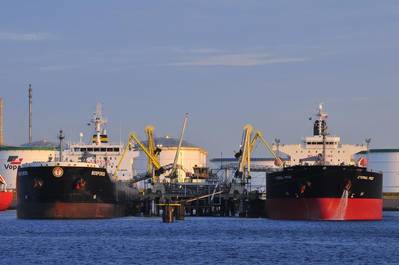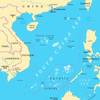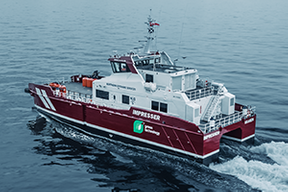Resolving A Contamination Claim In West Africa
Dennis de Bruin, Marine Director at BMT Surveys, describes what a surveyor can do to turn an apparent total loss of high quality fuel into the acceptance of a sound product.
Shipping is a global business and the obstacles and challenges faced are often demanding. Hence knowledge, experience and personal contacts are essential to resolve problems. These challenges can be due to geography, e.g. the remoteness of places, the complexity of cargo, local politics and lack of equipment or, misunderstandings that arise from different languages, jurisdictions and cultures. Last year, BMT Surveys’ tanker department was requested by an oil trader to assist with an apparent insurmountable problem involving a ‘high spec’ oil product cargo that was significantly contaminated. At the time of the instruction, the parties involved in the shipment had considered a possible total loss of the cargo. BMT was requested to investigate whether there were others solutions than declaring a total loss.
The cargo in question was a high quality fuel, which had already been loaded on a tanker. The cargo was worth approximately $3.0 million USD. The ship had been chartered, to load at a West African port and to be discharged at another West African port. After loading had been completed, the master was advised that the analysis of the cargo showed high amounts of a metallic type contaminant, resulting in the cargo being considered ‘off spec’. Following this discovery, the receivers refused to accept the cargo and the ship remained at the load port whilst all parties debated how to resolve the situation. BMT was contacted to assist.
A plan was devised using a modified filtration unit to fit in-line at the ship’s discharge manifold in order to remove the contaminants. The unit, with a technician, was dispatched to the load port and, once on board, a “test quantity” of cargo was recirculated through the filtration unit with the receiver’s representatives attending.
A sample of the recirculated cargo was analysed and found to be within specification. After lengthy discussions, the receivers agreed that the filtration unit could be used at the discharge port. Subject to successful cargo sample analysis, the cargo would be accepted by the receivers. The technician and the filtration unit sailed with the ship to the port where the ship discharged the contaminated cargo through the filtration unit, thus removing all the contaminants. After final sampling and testing, the receivers eventually accepted the cargo without any further claim. Quite interestingly, so successful was the filtration unit that the terminal bought one for permanent availability.














